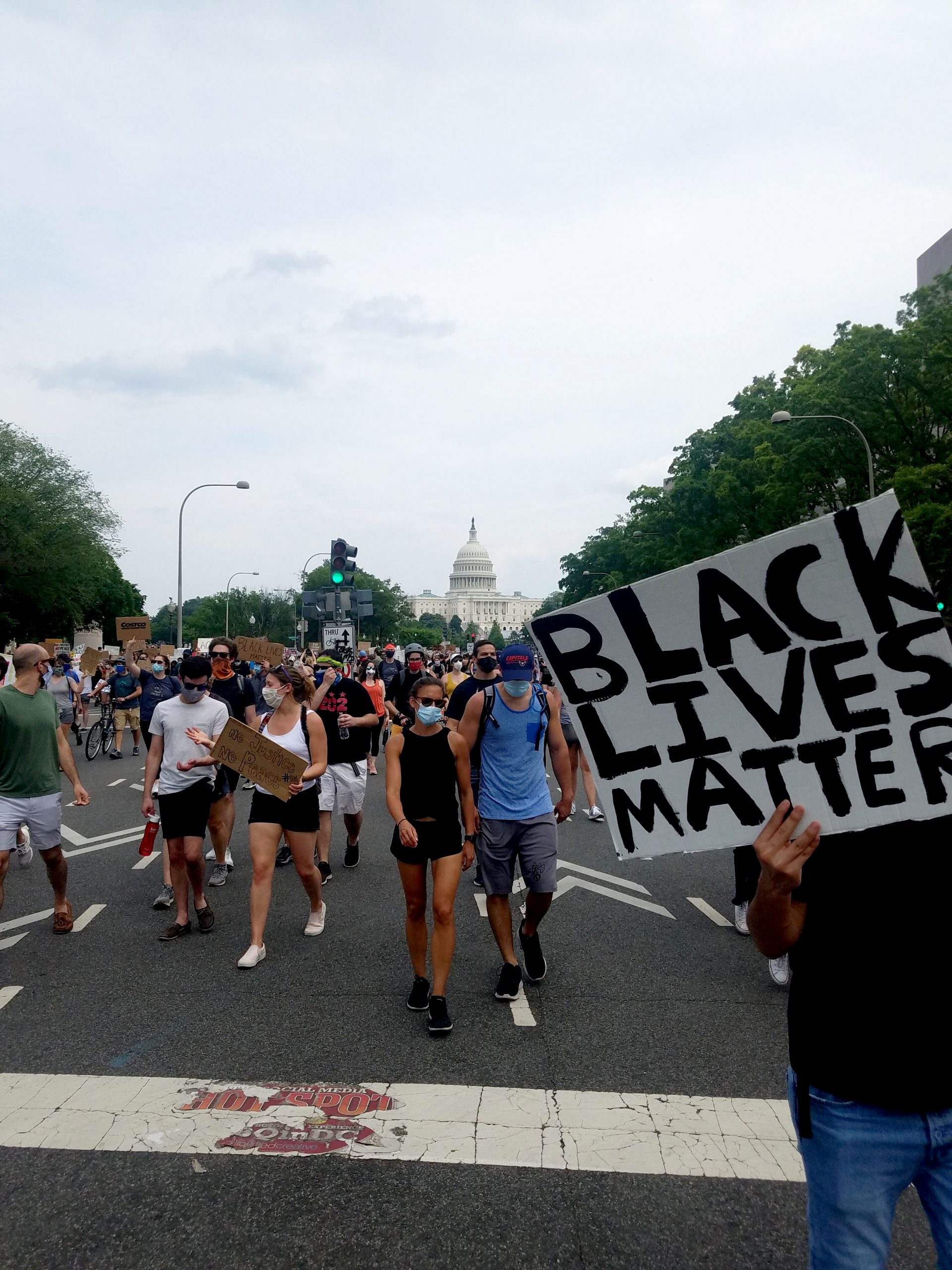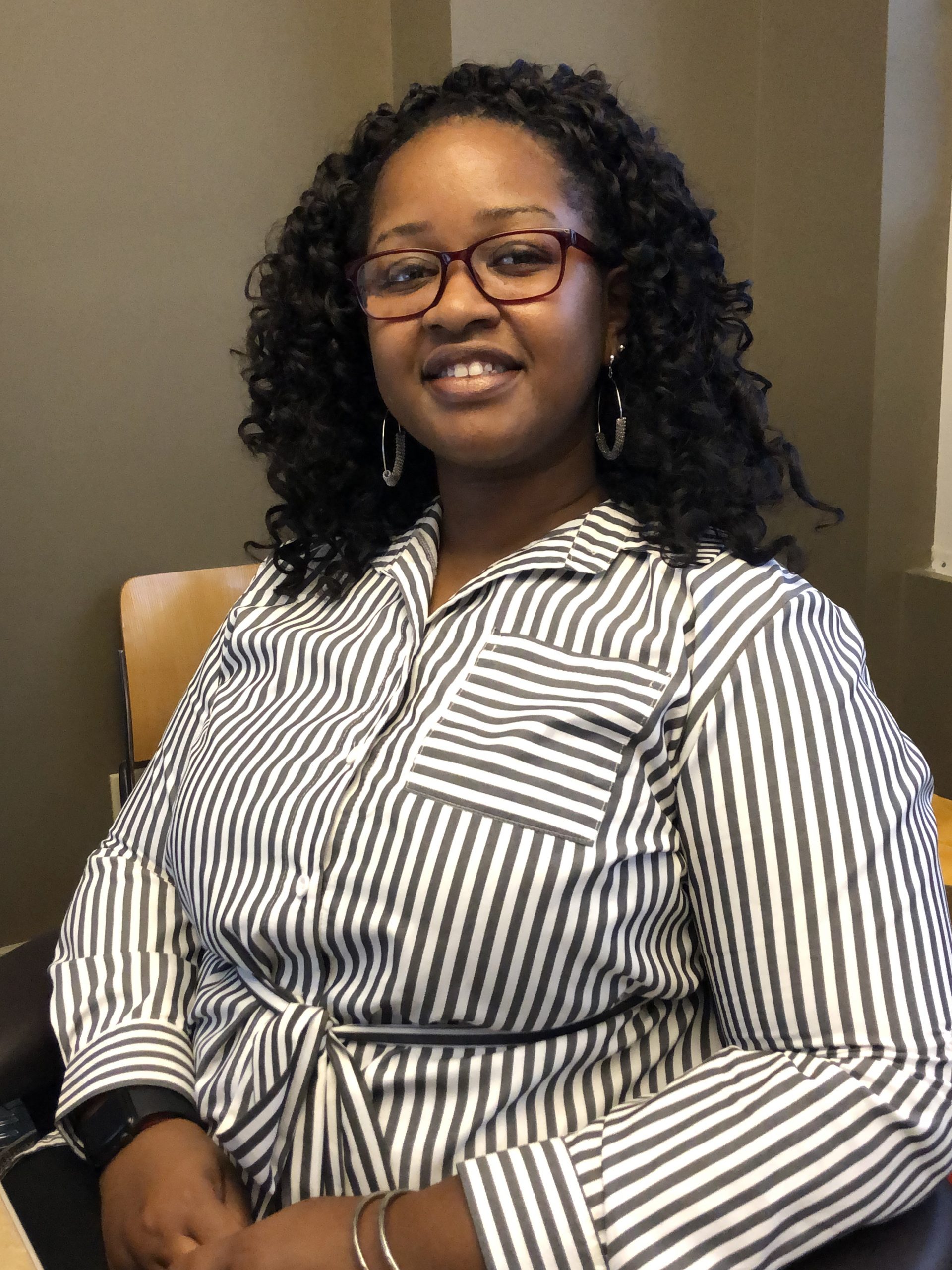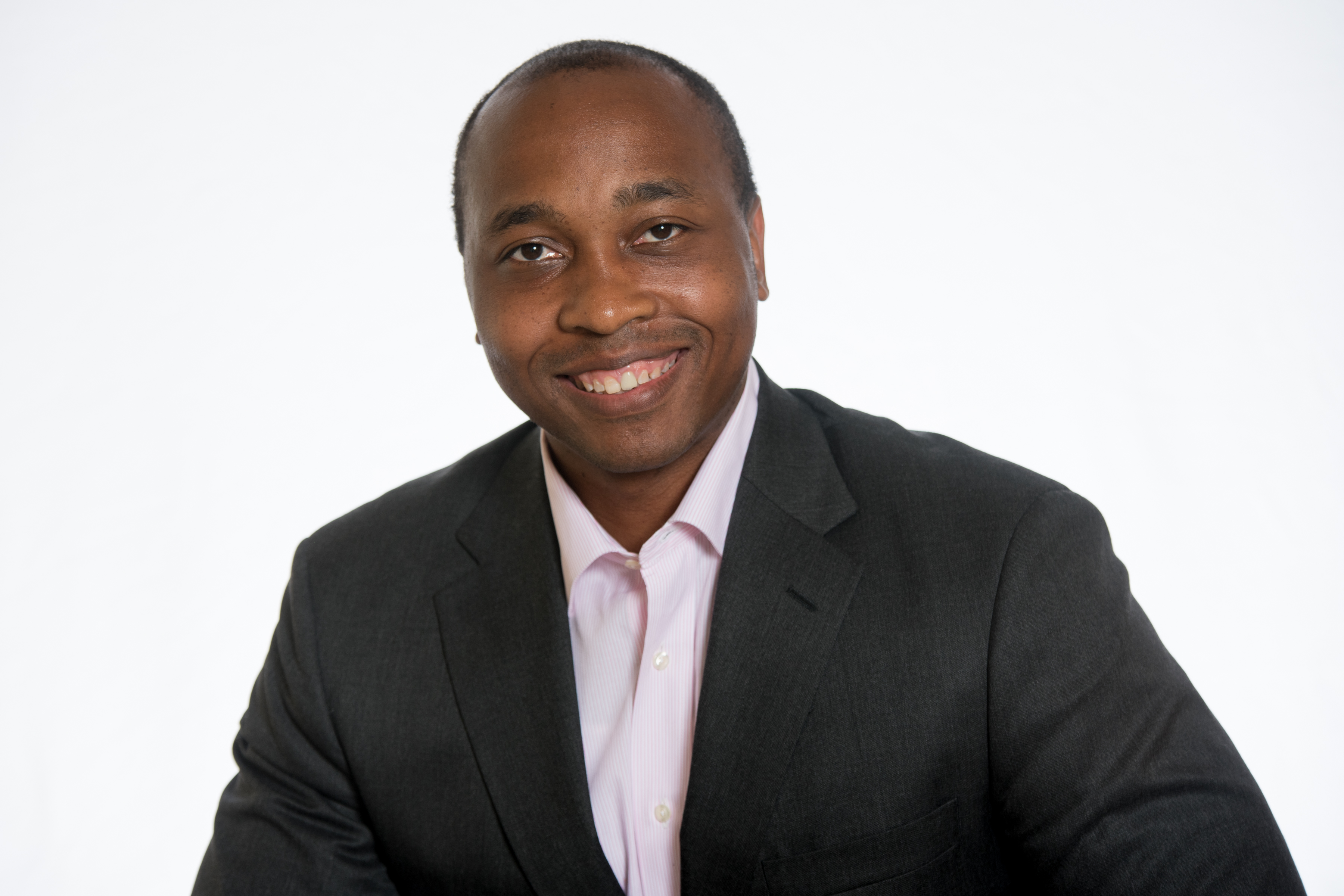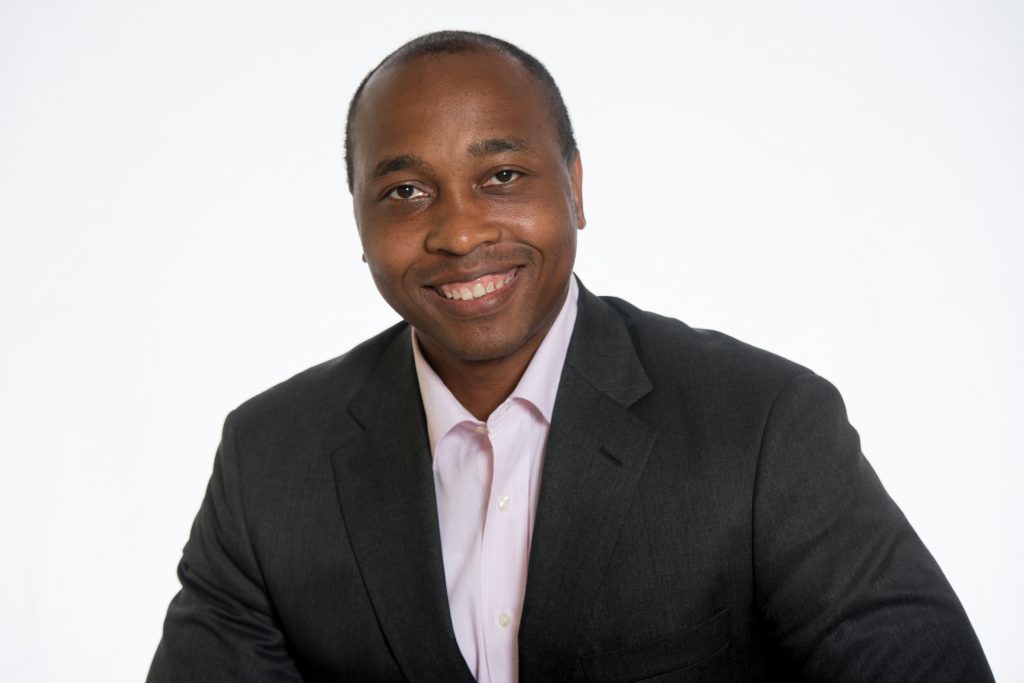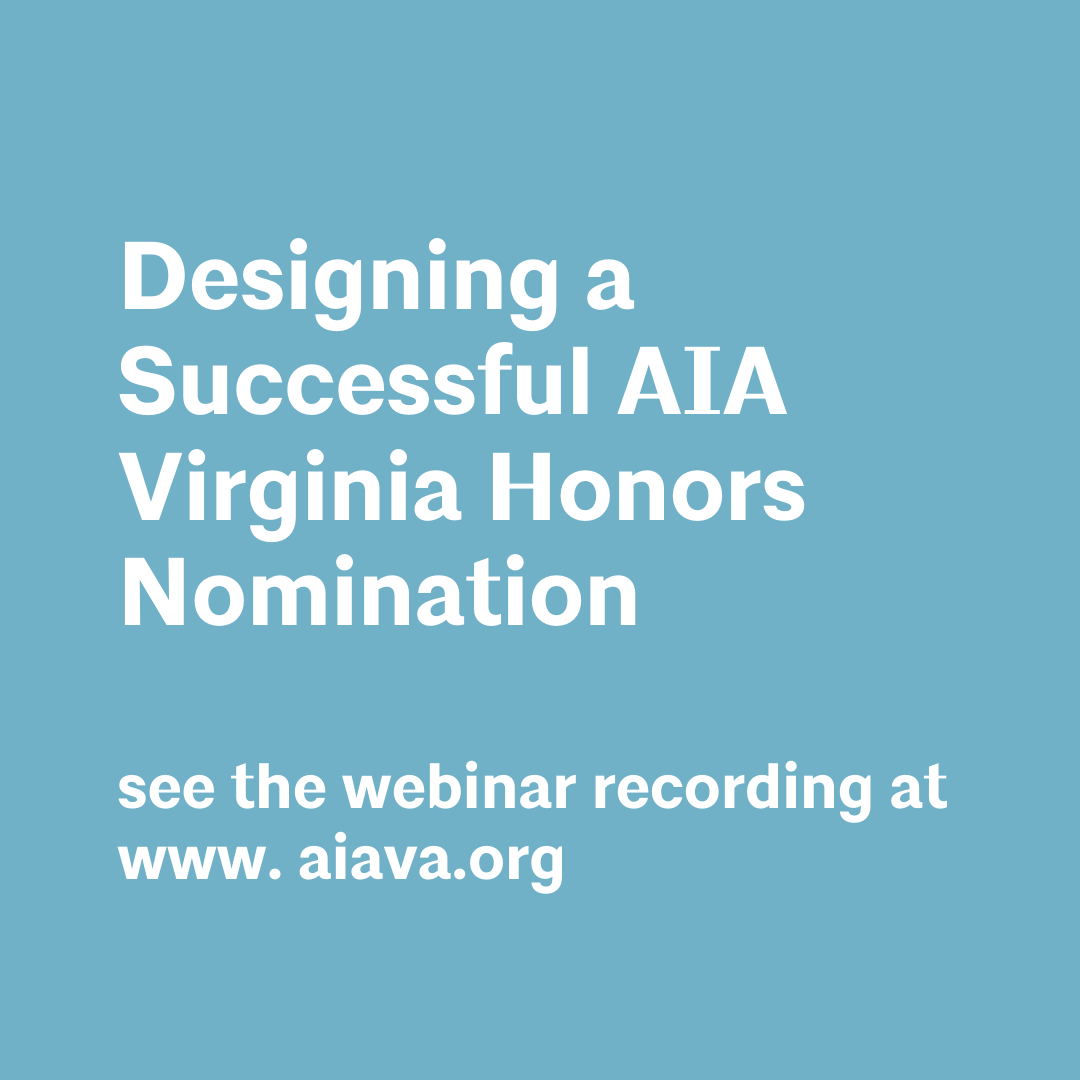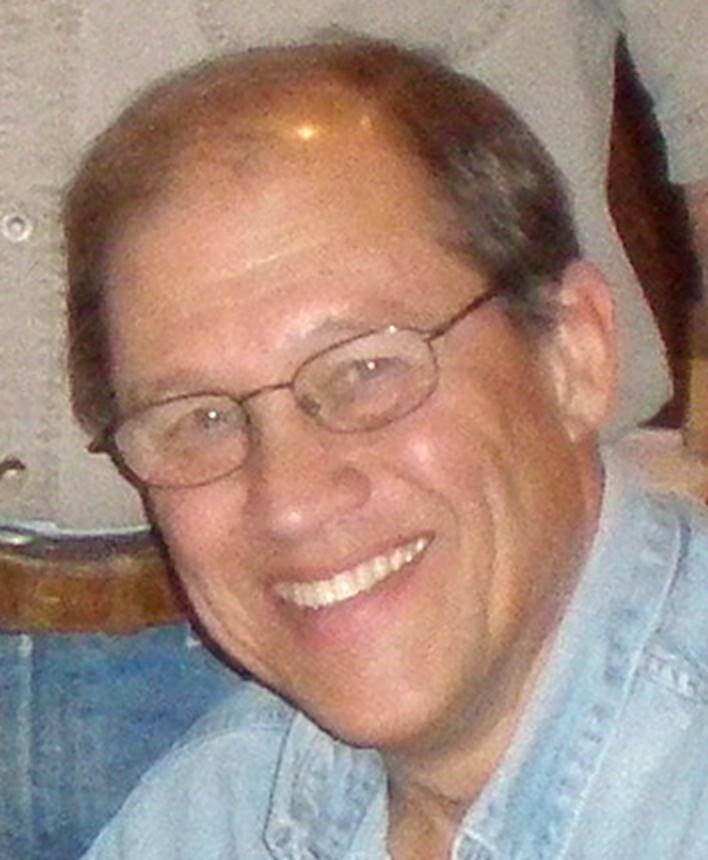I had this month’s update for associates all planned out. Real nice and tidy. It was going to be about getting started—with your career, with your AXP record, with raising your hand and getting involved in your community—and simple ways for emerging designers to do that. And sometimes our nice and tidy plans get pushed aside, rightly so. As I type out these words, helicopters buzz low over my Washington DC neighborhood, and massive crowds stream through the streets in protest of the injustices perpetrated against George Floyd, Breonna Taylor, Ahmaud Arbery, and so, so many in the black community over the last 400+ years. Injustices both outrageously specific and overwhelmingly systemic, and we grieve them.
And so we center these words from the May 31 statement by the National Organization of Minority Architects (NOMA):
The air in our nation is thick with a profound sense of grief and despair. Our collective air is so very thick that it’s literally hard to breathe. We struggle to grasp for air as we all navigate a global pandemic coupled with the deadly and pervasive virus called racism that has plagued America for over four centuries…As architects, how can we protect the health, safety and welfare of the public if our country is not properly including Black Americans as full members of our society?
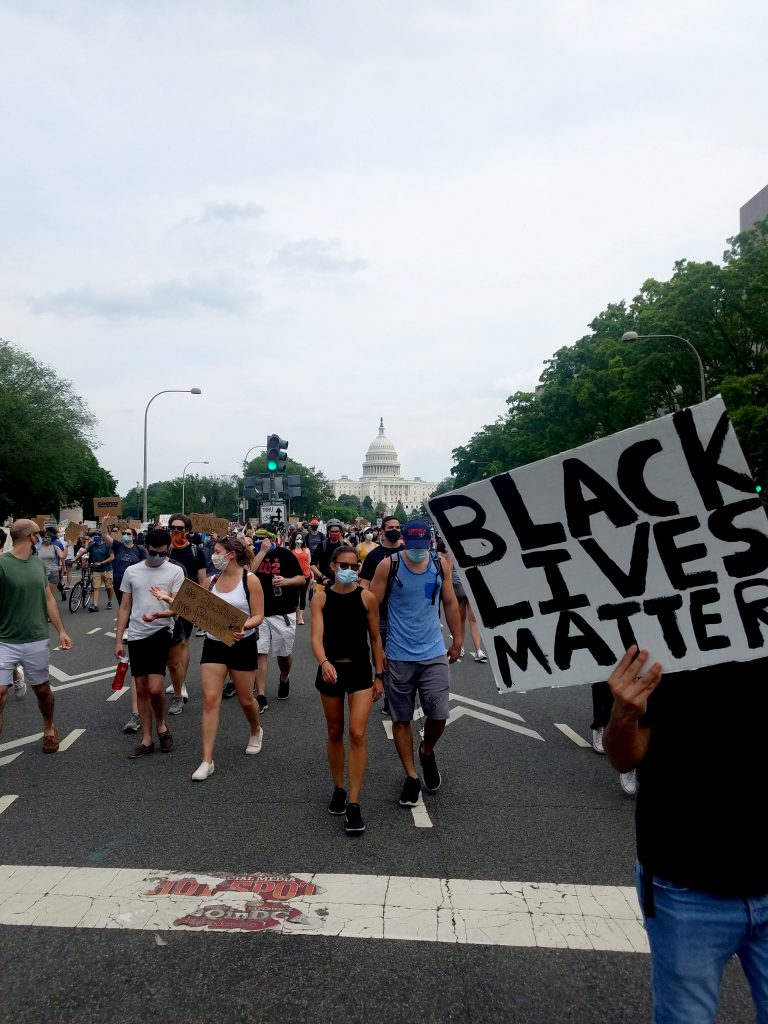
We as architects serve the public. Not just the paying, powerful, or polite public. The ENTIRE public, in all its messy, complicated, and challenging complexity. And in serving the entire public as designers, we imagine environments and worlds that do not yet exist, and we help make them visible. How can we, who care so much about the beauty in our built environments, imagine and act to bring that better world into being, a world that repairs the systemic injustices enveloping our black brothers and sisters for the last 400 years? How can we as professional architects address racial issues within our own profession? How can we hold this in our gaze, and not look away?
Ultimately, this newsletter is still about getting started (and you can certainly find links for job boards, AXP advice, and community service opportunities below) but with a renewed focus on racial justice in our design offices and in our neighborhoods in our diverse, complicated, beautiful Virginia. This work has been going on for a long time, but the pressing reality begs us as emerging professionals to partner with our elders in clear-eyed reckoning with how race and architecture are colliding, in this moment in 2020.
In the coming weeks and months, there will be a variety of opportunities to sustain this priority, so watch out. Read things like the links listed below, and share them with your friends and supervisors. Listen to diverse voices. Listen to your black and brown friends and colleagues, who have to come to work every day and try and smile and finish their task list. Get involved in our newly-established NOMA chapter. Donate to our PAC, and to trusted organizations doing justice work in our communities.
We will keep moving.
In solidarity and action,
Michael Spory, Associate AIA
spory@vmdo.com
Just a Few Fun Things to Click On
Some Statements about Racial Injustice from AIA and Design Leaders: Read statements from the National Organization of Minority Architects (NOMA), the AIA, and AIA Virginia. Ask if your firm or institution has drafted any statement.
Someone You Should Know: Jeffrey Butts is the Regional Associate Director for the Region of the Virginias for the 2019-2020 term. A graduate of Howard University and a designer at Hanbury (Norfolk), Jeffrey is an incredible resource between our regional chapter and AIA National. He’s doing big things, folks.
Someone Else You Should Know: Robert Easter, FAIA is one of the newest AIA Fellows from Virginia (recently awarded in January!), the chair of the architecture program at Hampton University, and one of the most prominent voices for increased black and minority participation in Virginia and in the country. He serves as Hampton University’s representative to the AIA VA Board of Directors.
Someone to Ask NCARB Questions: Michael Hammon, AIA is the NCARB Licensing Advisor for Virginia. He knows all things NCARB and is appointed by AIA Virginia to help you. Reach out to him at mhammon@glaveandholmes.com. He is happy to respond to big and small questions about how licensing works, how to navigate tricky situations, and how to help you get that stamp!
Something to Talk about with Your Boss and Coworkers: AIA has developed Guides for Equitable Practice, for resourcing architects to make the business and professional case for ensuring more equitable practices in our firms, particularly towards black and minority individuals and clients. This is an important baseline, especially the personal stories in this section. Ask your supervisors if your firm has discussed and implemented these guides.
Something to Donate To: The Equal Justice Initiative, founded by Bryan Stevenson, supports criminal justice reform, racial justice, and public education about racial inequities and the residual structures and legacy of the enslavement of African-Americans. Based in Montgomery, Alabama, it’s National Memorial for Peace and Justice is a heartbreaking and architectural wonder to the legacy of lynching and racial violence.
Something to Sign Up For: AIA Virginia is forming a joint and supportive relationship with our newly-launched NOMA Chapter. This is an important step, and is an effort that needs people of all skin colors to actively support minority architects. Fill this form out to show your support and interest; it’ll take less than 60 seconds.
Something Else to Sign Up For: Due to the loss of networking and internship opportunities, AIA VA is responding creatively to provide mentoring relationships between rising students and young professionals and working architects. I signed up–you should too! Only 2 hours per month. Forms for mentees & graduates are here, and forms for possible mentors are here.
Something to Put on Your Calendar: Join other engaged folks for our Emerging Professionals Roundtable + Happy Hour. June 10 @ 4:00 pm – 5:00 pm. Register online.
Some Free Stuff for the ARE Exams: AIA National is offering their ARE prep course ArchiPrep FOR FREE for associate members until August 31. If you’re taking your exams, or thinking about taking them, this should push you over the starting line.
Something if You’re Looking for a Job: For those on the job hunt, take a look at the job board on the AIA Virginia website — with employment opportunities all across Virginia. And check out AIA’s resource for navigating the 2020 job market.
Something Inspiring: Past winners of the AIA’s Whitney M. Young Jr Award, which distinguishes an architect or architectural organization that embodies social responsibility and actively addresses a relevant issue, such as affordable housing, inclusiveness, or universal access.

